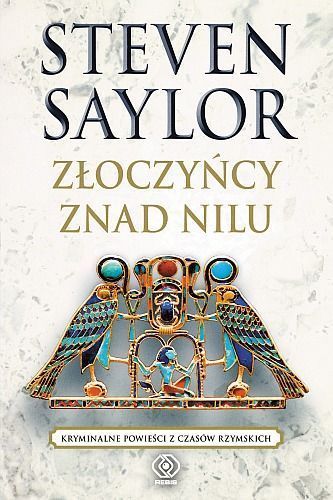

Saylor deftly weaves in information about the evolution of place names, food, clothing, religious institutions and practices, public holidays and celebrations, political ebb and flow. This book required a tremendous amount of research, above and beyond the stories of individual people. They would place a fascinum under the chariot of those who triumphed through Rome to avoid “fascination” or the “evil eye.” Saylor tells us in his Author’s Note that Fascinus was the name of a god sacred to the Vestal Virgins. It begins its existence as a simple lump of gold on a chain, is later molded into the winged phallus, and ends the book worn into the shape of a simple cross. The main character-whether warrior, slave, vestal virgin, or murderer-always wears the fascinum. The stories are not only linked by the generations, but also a physical object-a gold amulet in the shape of a winged phallus representative of an ancient nature god Fascinus. Saylor gives several key female characters some space, as well from Lara, the founder of the line to Potitia, a Vestal Virgin trapped on the Capitoline Hill during the siege of Rome by the Gauls to Cornelia, the mother of the Gracchi. Through it all, these families interact with key players in Roman history: Coriolanus, the rebel general Scipio, known as Africanus for his defeat of Carthage the heroes of the people, the Gracchi brothers Sulla the dictator and, of course, Julius Caesar.

Throughout, Saylor provides us with real people and understandable motivations, whose stories have been transformed over time into the stuff of myth and legend.Ĭovering a thousand years in 555 pages is impossible, so Saylor uses a series of eleven linked chapters, dipping in and out of the stream of time while following two families, the Potitii and Penarii, through the generations. Along the way we witness Hercules‘ destruction of the monster Cacus the founding of the walled city of Rome by a couple of young bandits named Romulus and Remus the abduction of the Sabine women invasions by enemies and revolutions by generals, plebeians and slaves. In Roma: The Novel of Ancient Rome, Steven Saylor takes us on a thousand-year journey from Rome’s mythical beginnings as a trading post for salt sellers through its evolution into an empire, in a style reminiscent of James Michner. This bloody act presages the rise of one of the ancient world’s most ruthless empires. Over three thousand years ago, a murder takes place on an island in a river flowing through the hilly region of Italy later known as the ruma.


 0 kommentar(er)
0 kommentar(er)
